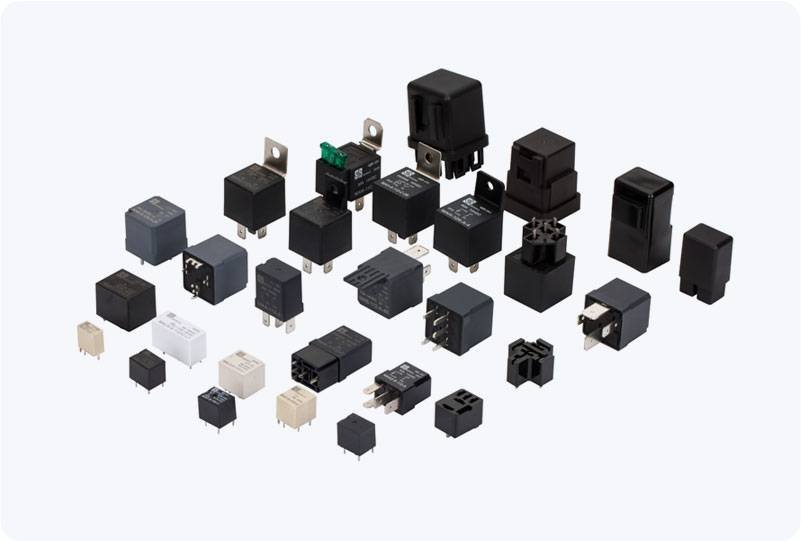In the world of modern wireless communication, one of the most pressing challenges is ensuring reliable, long-range connectivity while keeping power consumption at a minimum. This is where Low Power Communication Relay (LPCR) technology comes into play. LPCR devices are designed to extend the range of wireless communication networks by relaying signals with minimal energy use. These systems are particularly valuable in applications that require continuous operation in remote or hard-to-reach areas, where traditional power sources are unavailable or impractical.

What is Low Power Communication Relay? A Low Power Communication Relay (LPCR) is a communication device that acts as an intermediary between two or more communication devices to extend the range and reliability of signals while minimizing energy consumption. The primary function of a communication relay is to receive a weak signal, amplify it, and transmit it further, ensuring that data can be transmitted over longer distances than would otherwise be possible. In the context of low-power communication, these relays are optimized to consume minimal energy while ensuring that data packets are successfully transferred. Typically used in wireless networks, LPCRs are critical for Internet of Things (IoT) devices, smart cities, and other applications where battery life and energy efficiency are of paramount importance.